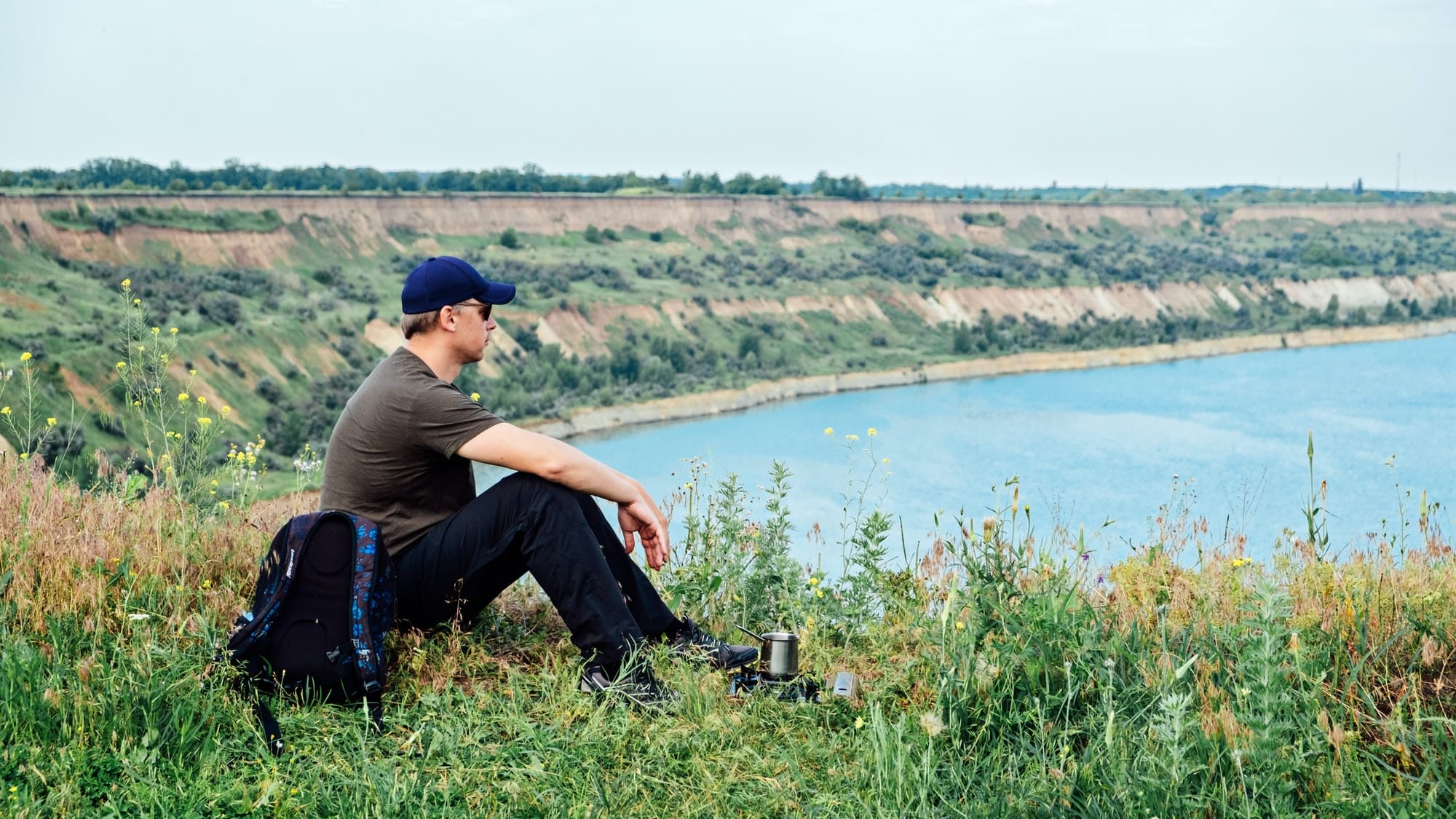What Are the Innovative Ways to Promote Eco-Tourism in the Scottish Highlands?

The picturesque hills rolling into the distance, a multitude of lochs sparkling in the sunlight, and the diverse wildlife are just a few elements that make the Scottish Highlands an enticing travel destination. However, the increasing influx of tourists each year poses a threat to this natural haven. In response, various innovative strategies emerged to promote eco-tourism, ensuring the sustainability of the area, fostering local businesses, and contributing to the rewilding efforts in the Highlands.
Embracing the Concept of Sustainable Tourism
When you set foot in the Scottish Highlands, it’s impossible not to be captivated by the breathtaking landscape. The majestic mountains, crystal-clear lochs, and diverse wildlife create a unique environment that needs protection. With the rise in tourism, the area faces a variety of potential threats, from littering and erosion to disturbance of natural habitats. To address these issues, the concept of sustainable tourism is being widely embraced.
A découvrir également : What Strategies Are Effective for Attracting International Talent to UK Tech Startups?
The idea behind sustainable tourism is to make a low impact on the environment and local culture, while helping to generate income and employment. It aims to build a balance between tourism development and the preservation of natural and cultural heritage. Thus, in the Scottish Highlands, local communities, businesses, and authorities are actively promoting eco-friendly practices, such as reducing waste, promoting local products, and implementing measures to protect the wildlife.
Rewilding and Eco-tourism: A Harmonious Blend
One of the key elements of sustainable tourism in the Scottish Highlands is the support of rewilding initiatives. Rewilding is a progressive approach to conservation that’s all about letting nature take care of itself, enabling natural processes to shape land and sea, repair damaged ecosystems and restore degraded landscapes.
Sujet a lire : How Can UK-Based Online Retailers Improve Customer Retention Through Personalization?
In the Highlands, rewilding efforts have seen the reintroduction of species that were once native to the area, such as the European beaver and the white-tailed eagle. These initiatives not only restore the balance in the local ecosystem but also offer unique wildlife viewing opportunities for tourists. Instead of merely observing, visitors are invited to participate in conservation efforts, such as tree planting and wildlife tracking, thus creating a deeper connection with the local environment.
Showcasing the Local Scottish Culture
While the natural beauty of the Highlands is a significant draw, the rich Scottish culture is equally enticing. By showcasing local traditions, histories, and customs, tourism can support local communities and businesses. From whisky tasting at local distilleries to exploring ancient castles, tourists can immerse themselves in the Scottish culture while contributing to the local economy.
Events such as traditional Highland games, music festivals, and craft fairs not only attract tourists but also provide a platform for local artisans and musicians to showcase their work. In this way, tourism can be a catalyst for preserving and promoting Scottish heritage, thus adding another layer to the eco-tourism experience in the Highlands.
Collaborative Strategies for Promoting Eco-Tourism
The promotion of eco-tourism in the Scottish Highlands is not just the responsibility of a single entity. It requires a collaborative approach, involving local communities, businesses, tourists, and authorities. The development of eco-friendly policies, infrastructure, and initiatives can all play a vital role in promoting sustainable tourism.
Local businesses can contribute by offering eco-friendly products and services, such as organic food, locally sourced products, and sustainable accommodation options. Tourists, on the other hand, can play their part by adopting responsible travel practices, such as following designated trails, minimizing waste, and respecting local customs.
Authorities and tourism organizations can support these efforts by providing information about sustainable tourism practices, facilitating eco-friendly initiatives, and implementing measures to ensure the preservation of natural and cultural heritage.
Leveraging Technology for Sustainable Tourism
In the digital age, technology can play a pivotal role in promoting eco-tourism. Through innovative tools and platforms, tourists can gain access to information about eco-friendly practices, local customs, and rewilding initiatives.
Interactive apps can provide virtual tours of natural sites, giving visitors a sneak peek into the wonders of the Highlands before they even set foot in the area. These platforms can also educate tourists about the local environment, culture, and conservation efforts, fostering a deeper appreciation and respect for the Highlands.
Moreover, digital platforms can offer a marketplace for local businesses to showcase their eco-friendly products and services, connecting them with environmentally conscious tourists.
While the lure of the Scottish Highlands will continue to attract visitors from all corners of the earth, it’s vital to ensure that this natural paradise is preserved for future generations. Through innovative strategies such as sustainable tourism, rewilding, cultural immersion, collaboration, and leveraging technology, we can ensure that the allure of the Highlands remains undiminished while benefiting local communities and preserving the environment.
Utilising Public Transport and Green Travel Options
One of the ways to promote eco-tourism is by encouraging green travel options. As the world grapples with the challenges of climate change, sustainable transportation has become an integral part of eco-friendly practices. The Scottish Highlands, with their vast expanse of rugged terrain, offers unique opportunities to explore this aspect of sustainable tourism.
Local authorities and tourism operators in the Scottish Highlands are working to promote public transport, walking, and cycling over private car use. This approach not only reduces the carbon footprint of tourists but also helps in reducing pollution and conserving the natural beauty of the Highlands.
The use of public transport like trains and buses allows visitors to immerse themselves in the stunning scenery of the Highlands, reducing the risk of road accidents and reducing congestion on popular routes. Moreover, numerous walking and cycling routes provide an eco-friendly alternative to appreciate the majestic landscapes up close.
Tour operators are also offering eco-friendly travel options like electric car rentals and guided group tours to minimise the environmental impact. Such green travel options allow tourists to enjoy the breathtaking beauty of the Scottish Highlands without contributing to environmental degradation and climate change.
Government Initiatives and Policies Supporting Eco-Tourism
The Scottish government recognises the importance of sustainable tourism in preserving the unique landscape and cultural heritage of the Scottish Highlands. Various policies and initiatives have been put in place to promote eco-tourism while ensuring economic growth for local communities.
The Scottish government has been supporting rewilding projects and has set targets to increase woodland cover significantly, thereby creating new habitats for wildlife and offering more opportunities for eco-tourism. In addition to that, the Highlands and Islands Enterprise, a Scottish government agency, is playing a key role in developing the region’s economic and community vitality through the promotion of sustainable tourism.
The Scottish government also encourages responsible tourism by implementing strict rules and regulations to protect the environment and wildlife. This includes restrictions on camping and fires in certain areas, rules about littering, and guidelines for interacting with wildlife.
Moreover, the government supports local businesses that embrace eco-friendly practices by offering incentives such as tax breaks and grants. This not only encourages more businesses to adopt sustainable practices but also fosters a culture of sustainability within the local communities.
Conclusion
The Scottish Highlands, with their breathtaking scenery and rich cultural heritage, provide a unique setting for eco-tourism. Through a combination of sustainable practices, rewilding projects, cultural immersion, use of green travel options, government support, and leveraging technology, we can strive to protect this natural haven while promoting responsible tourism.
Tourists can play a crucial role in this pursuit by adopting responsible travel tips like using public transport, reducing waste, respecting local customs, and supporting local businesses.
The journey towards sustainable tourism in the Scottish Highlands is a collective effort. It involves not only the local authorities but also the local community, businesses, tourists, and the Scottish government. By working together, we can ensure that this enchanting part of Scotland continues to captivate visitors while preserving its natural beauty and cultural heritage for generations to come. The allure of the Scottish Highlands need not diminish; rather, it can flourish under the careful and considerate embrace of eco-tourism.
